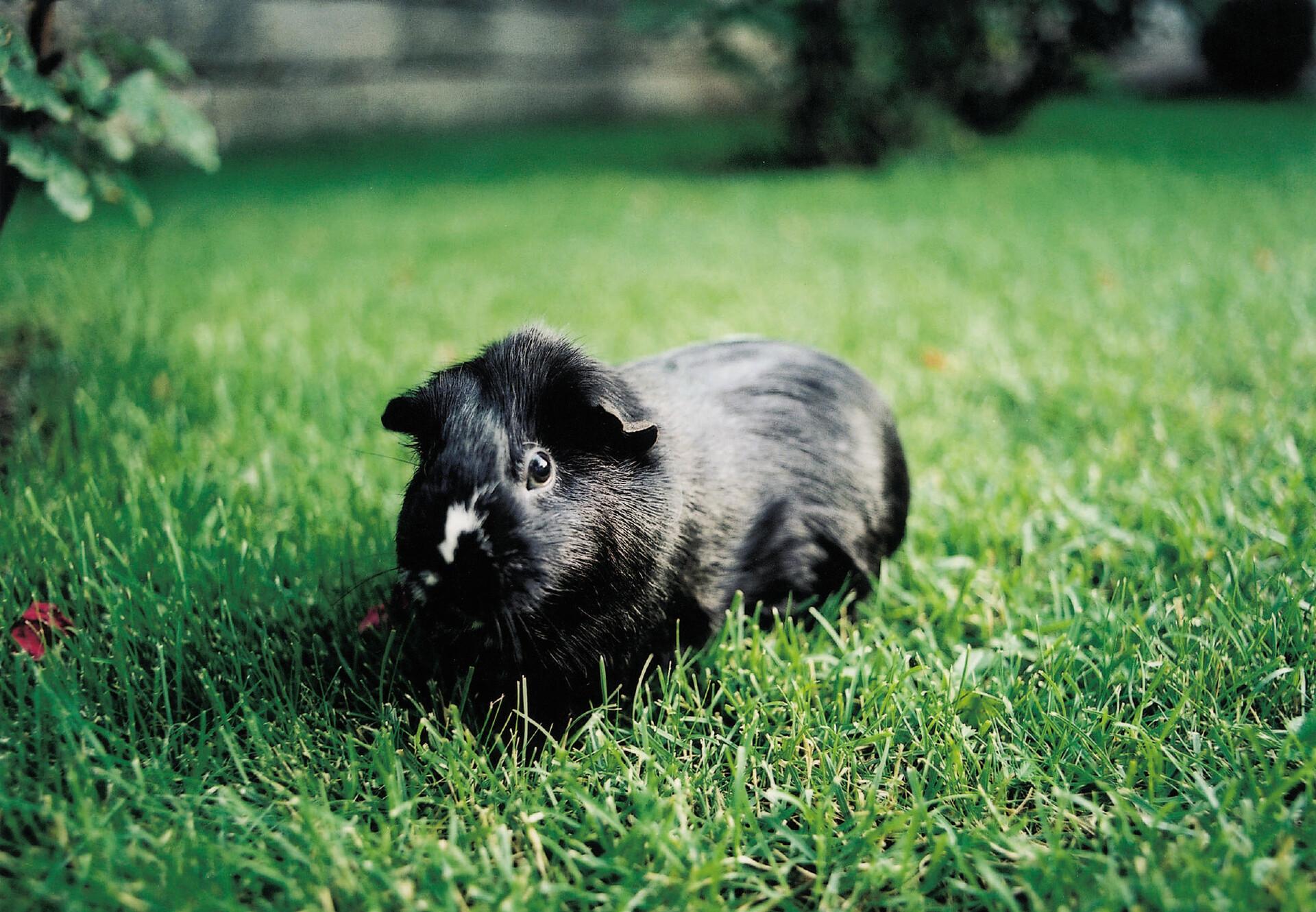
Guinea Pigs as Pets
Guide for pet owners: What to do to make the little rodents - guinea pigs - feel comfortable with you
When choosing a new member of the family, many people opt for guinea pigs, they are small animals, and so its assumed they will be undemanding and easy to care for. But keeping guinea pigs is time-consuming and requires a thorough knowledge of their particular needs.
In brief
- Guinea pigs are not cuddly toys! The pleasure of having guinea pigs as pets should come from watching these fascinating animals, not handling them all the time. This means they’re not suitable pets for children under ten.
- Life expectancy: Seven to ten years.
- Where to get guinea pigs: Give a loving new home to guinea pigs from an animal sanctuary or shelter. Don’t buy them from pet stores or other commercial sources (e.g. online), as this will only support inhumane treatment and poor breeding practices in the industry.
- Keeping: It is essential to give guinea pigs a species-appropriate enclosure of at least 8 m2 that is arranged to resemble their natural habitat. This will provide the right environment for them to live and behave naturally.
- Breeding: Once they reach 250g, male guinea pigs are ready to breed. They should be neutered as soon as possible, and until then they should be kept apart from females.
- Time: Looking after guinea pigs takes at least one hour per day.
- Allergies: Guinea pig hair as well as the straw and bedding they use can trigger allergies in humans.
- Holidays: Before you get guinea pigs, think carefully about where and how they would be looked after when you go away on holiday.
- Costs: There are always costs involved in keeping animals, including the enclosure and its upkeep, food, bedding and vet fees.
- Food: Remember to be sparing in the amount of grain food you give to guinea pigs: too much can lead to obesity.
Creating the right habitat
Guinea pigs can be kept indoors or outdoors.
Keeping in an outdoor enclosure
- An outdoor enclosure should be well insulated and offer proper protection from the elements.
- Two to three guinea pigs will need at least 8 m².
- The enclosure fence should be at least 150 cm high, so you can easily gain access to clean inside (include a door that can be securely closed). A roof will protect the occupants from the rain and predators.
Keeping indoors
- When keeping guinea pigs indoors, it’s essential that you give them enough space to run about outside their cage (keep cables and poisonous plants well out of the way).
- Two to three guinea pigs will need at least 8 m².
- The enclosure or cage should be in a quiet and bright place, away from draughts and strong sources of heat.
Whether outdoors or indoors, the principles are the same
- There are various natural materials you can put in your guinea pig enclosure, including twigs, earthenware pots and bricks.
- Guinea pigs are timid animals, so the enclosure and run area should have plenty of places where they can hideaway.
- Find out more about species-appropriate keeping by consulting specialist books.
